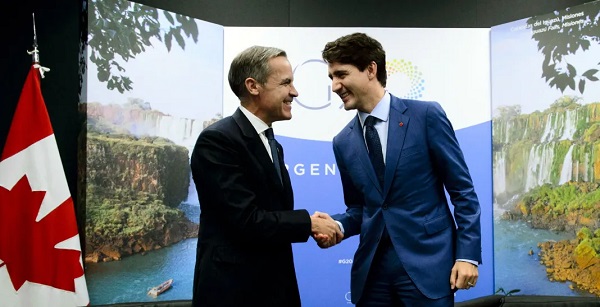Alberta
ASIRT investigations concluded on fatal officer-involved shooting involving the RCMP.
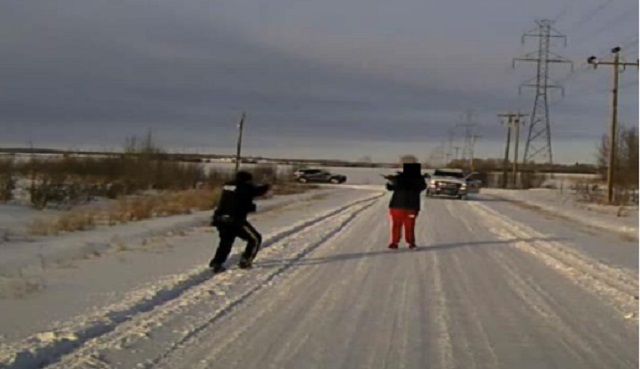
Incident investigation report from the Alberta Serious Incident Response Team (ASIRT)
Introduction
On December 22, 2022, the Alberta Serious Incident Response Team (ASIRT) was directed pursuant to s. 46.1 of the Police Act to investigate a then non-fatal Royal Canadian Mounted Police (RCMP) officer-involved shooting. The shooting of the affected person (AP) was reported to have happened during an interaction with him, as a result of him being a suspect in a complaint of a man with a gun.
While AP initially survived, he died of complications from the shooting the following day.
ASIRT’s Investigation
ASIRT’s investigation was comprehensive and thorough, conducted using current investigative protocols and principles relating to Major Case Management. Information from civilian witnesses, the subject and a witness officers, and importantly video recordings provided sufficient information to determine whether the force used by the subject officer during this incident was reasonable.
Circumstances Surrounding the Officer-Involved Shooting
On December 01, 2022, Maskwacis RCMP received a call reporting that a male [AP] had been drinking and left the caller’s house with a gun. AP was shooting the gun in the country (believed to be the area around the residence). Two RCMP officers responded.
Witness officer (WO) located AP walking on the road with a rifle. AP walked toward WO’s marked police vehicle with the rifle pointed at the vehicle/WO, while WO was seated in the driver’s seat. WO then exited his vehicle with his carbine rifle and moved to the rear of his vehicle while AP kept the rifle pointed at the police vehicle. The subject officer (SO) arrived on scene, but came from the opposite direction. AP turned around and walked toward SO with the barrel of the rifle pointed upwards. SO exited his police vehicle with his service pistol drawn and walked toward AP while he
repeatedly provided verbal direction to AP to drop the firearm. AP and SO were walking toward each other; at that time AP still had the barrel of the rifle pointed upward. As SO and AP got within approximately five meters of each other, AP lowered the barrel of the rifle and pointed it directly at SO. SO fired multiple rounds and struck AP with four rounds causing AP to stumble, drop the rifle and fall to the ground. AP initially survived the shooting and was transported to an Edmonton hospital, where he underwent emergency surgery. The following day, AP succumbed to his injuries.
Analysis
The subject officer was lawfully placed and acting in the execution of his duties in dealing with AP as a person who was the subject of a complaint about him being in possession of a firearm and shooting it off.
The Use of Force
Under s. 25 of the Criminal Code, police officers are permitted to use as much force as is necessary for the execution of their duties. Where this force is intended or is likely to cause death or grievous bodily harm, the officer must believe on reasonable grounds that the force is necessary for the self-preservation of the officer or preservation of anyone under that officer’s protection.
A police officer’s use of force is not to be assessed on a standard of perfection nor using the benefit of hindsight.
With the benefit of hindsight, time for detached reflection and knowledge of the ultimate outcome, it is easy to speculate about how things could have been done differently. That is not the standard, however, against which an officer’s conduct is measured. The question is, applying principles of proportionality, necessity, and reasonableness, whether the force used falls into a range of possible reasonable responses.
Proportionate Response
Proportionality requires balancing a use of force with the action to which it responds. Here, the subject officers were faced with an individual that was armed with a gun and pointing it in their direction. As such, the response by the subject officers in using their respective firearms to shoot AP was proportionate to the threat of death or grievous bodily harm that he reasonably posed to both of them.
Reasonably Necessary
As set out previously in this report, AP presented as a lethal threat to both SO and WO given his actions in pointing his rifle at them. While WO did not shoot during this incident that does not impact the analysis of SO’s actions. Under the circumstances as then faced by SO, no other use of force options were reasonably available for attempted use. The use by SO of his firearm to incapacitate this lethal threat was reasonably necessary. Given the above, the defence available to SO under s. 25 of the Criminal Code would apply.
Conclusion
Under s. 25 of the Criminal Code a police officer is justified in doing what he or she is authorized to do and to use as much force as is reasonably necessary where he or she has reasonable grounds to do so. Force intended to cause death or grievous bodily harm is justified if the officer believes, on reasonable grounds, that the force was necessary to prevent the death or grievous bodily harm of the officer and/or any other person. The analysis under s.34 of the Criminal Code leads to a similar finding that subject officer’s actions were lawfully permitted.
After a thorough, independent and objective investigation into the conduct of the subject officers, it is my opinion that they were lawfully placed and acting properly in the execution of their duties. There is no evidence to support any belief that any officer engaged in any unlawful or unreasonable conduct that would give rise to an offence. The force used was proportionate, necessary and reasonable in all the circumstances.
Alberta
Alberta and Ottawa ink landmark energy agreement
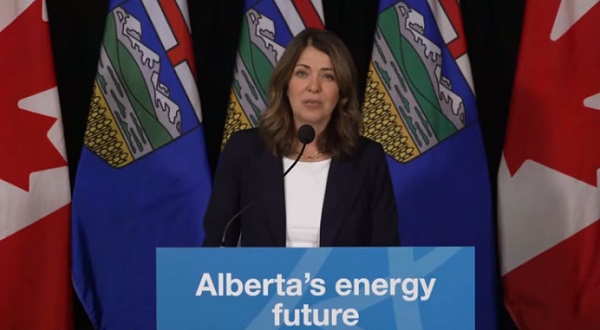
The Governments of Canada and Alberta have signed a new agreement to more than double oil exports to Asian markets, address investment uncertainty and reduce emissions.
This new energy partnership is a critical step towards achieving Alberta’s and Canada’s shared goal of turning our country into a world energy superpower and building a stronger and more vibrant economy.
The new energy agreement includes:
- A declaration by the federal government that an Indigenous co-owned Alberta bitumen pipeline to Asian markets is a project of national interest.
- Agreement that the parties will work together to facilitate the application, approval and construction of a privately financed and constructed 1 million+ barrel per day, Indigenous co-owned bitumen pipeline to Asian markets through a strategic deep-water port.
- Commitment by the federal government that it will not be implementing the federal oil and gas emissions cap.
- An immediate suspension of the federal Clean Electricity Regulations, and agreement the parties will work towards the construction of thousands of megawatts of AI computing power, with a large portion dedicated to sovereign computing for Canada and its allies.
- Commitment by both governments to partner with the Pathways companies to finance and construct the world’s largest carbon capture utilization and storage (CCUS) project for the purpose of making Alberta bitumen amongst the lowest emission intensity barrel of heavy oil in the world.
- In order to achieve net zero greenhouse gas emissions by 2050, the Alberta and federal governments will design and commit to globally competitive, long-term carbon pricing and sector-specific stringency factors by Apr. 1, 2026, for large Alberta emitters in both the oil and gas and electricity sectors through Alberta’s TIER system.
- Entering into a methane equivalency agreement by Apr. 1, 2026, with a 2035 target date and a 75 per cent reduction target relative to 2014 methane emissions levels.
- Agreement to immediately consult and work with Indigenous partners and the Government of British Columbia to ensure their peoples enjoy substantial economic and financial benefit from the pipeline.
- Significantly decrease regulatory uncertainty through a variety of changes to various legislation, regulation and policy.
The new agreement also demonstrates that both Alberta and Canada are focused on ways to increase the production and export of Alberta oil and gas, maximize growth in AI datacentre and related industries in Alberta, assist Canada in achieving its national security goals, create hundreds of thousands of new jobs, all while reducing the emissions intensity of Canadian oil, gas and electricity through the development and implementation of CCUS, nuclear and other emissions reducing technologies.
“This is Alberta’s moment of opportunity to take the first steps toward being a global energy superpower and show the nation that resource development and sustainability can coexist. There is much hard work ahead of us, but today is a new starting point for nation building as we increase our energy production for the benefit of millions and forge a new relationship between Alberta and the federal government.”
Oil pipeline
An Indigenous co-owned bitumen pipeline to Asian markets will ensure the province and country are no longer dependent on just one customer to buy their most valuable resource. It is agreed this new pipeline would be in addition to the expansion of the Trans Mountain pipeline for an additional 300,000 to 400,000 barrels per day destined for Asian markets.
This agreement also allows for needed adjustments to the tanker ban when the new pipeline to Asia is approved by the major projects office, as well as amendments that ensure Alberta’s energy companies can advertise their environmental leadership and efforts throughout the world without fear of penalty.
“This pipeline is an excellent opportunity to demonstrate partnership and progress. My hope is that it will create lasting economic benefits for First Nations and strengthen the relationships that matter most — government-to-government and community-to-community. Indigenous equity ownership is shaping Canada’s economy, and when our voices help guide every decision, we build trust and a future that will support generations to come.”
Oil and gas emissions cap
The federal government has also committed to not implementing the oil and gas emissions cap, allowing for a massive increase in oil production and private sector jobs and moving Alberta towards its goal of reaching six million barrels per day of oil production by 2030 and eight million barrels per day by 2035.
“The Energy Accord signed today by Prime Minister Carney and Premier Smith sends an important signal that Canada’s oil and gas development is integral to the economy and is open for business. This agreement shows that Canada is taking action to address regulations and policy that are impacting competitiveness and investment.”
“The Business Council of Alberta is delighted to see the removal of the oil and gas emissions cap, which was a cap on production and prosperity in Canada. Now, without the cap, Canada truly can grow energy production, export globally, and generate the investments and jobs that will help deliver a better quality of life for all Canadians.”
Clean Electricity Regulations
The agreement also includes the immediate suspension of the Clean Electricity Regulations in Alberta, which will stabilize Alberta’s power grid and enable massive investments in AI data centres in the province. Instead, Alberta will work with the federal government and industry on a new industrial carbon pricing agreement, to be administered through Alberta’s TIER program.
Pathways and emissions reduction
Both governments are committed to working together with the Pathways companies to advance the completion of the world’s largest CCUS infrastructure project.
This will make Alberta a world leader in the development and implementation of emissions reduction infrastructure – particularly in carbon capture utilization and storage. Alberta bitumen will be the cleanest heavy oil on the planet displacing heavier emitting oil from Russia, Venezuela and Iran, and bringing better environmental and geopolitical outcomes.
“The Pathways Alliance appreciates the leadership of both Prime Minister Carney and Premier Smith in entering this important Memorandum of Understanding which supports the growth of an industry that is critical to Canada’s economy. We look forward to working on the details with both the federal and Alberta governments in the coming months with our shared goal of Canada being an energy superpower.”
Alberta
New pipeline from Alberta would benefit all Canadians—despite claims from B.C. premier

From the Fraser Institute
The pending Memorandum of Understanding between the Carney government and the Alberta governments will reportedly support a new oil pipeline from Alberta’s oilsands to British Columbia’s tidewater. But B.C. Premier David Eby continues his increasingly strident—and factually challenged—opposition to the whole idea.
Eby’s arguments against a new pipeline are simply illogical and technically incorrect.
First, he argues that any pipeline would pose unmitigated risks to B.C.’s coastal environment, but this is wrong for several reasons. The history of oil transport off of Canada’s coasts is one of incredible safety, whether of Canadian or foreign origin, long predating federal Bill C-48’s tanker ban. New pipelines and additional transport of oil from (and along) B.C. coastal waters is likely very low environmental risk. In the meantime, a regular stream of oil tankers and large fuel-capacity ships have been cruising up and down the B.C. coast between Alaska and U.S. west coast ports for decades with great safety records.
Next, Eby argues that B.C.’s First Nations people oppose any such pipeline and will torpedo energy projects in B.C. But in reality, based on the history of the recently completed Trans Mountain Expansion (TMX) pipeline, First Nations opposition is quite contingent. The TMX project had signed 43 mutual benefit/participation agreements with Indigenous groups along its route by 2018, 33 of which were in B.C. As of March 2023, the project had signed agreements with 81 out of 129 Indigenous community groups along the route worth $657 million, and the project had resulted in more than $4.8 billion in contracts with Indigenous businesses.
Back in 2019, another proposed energy project garnered serious interest among First Nations groups. The First Nations-proposed Eagle Spirit Energy Corridor, aimed to connect Alberta’s oilpatch to a port in Kitimat, B.C. (and ultimately overseas markets) had the buy-in of 35 First Nations groups along the proposed corridor, with equity-sharing agreements floated with 400 others. Energy Spirit, unfortunately, died in regulatory strangulation in the Trudeau government’s revised environmental assessment process, and with the passage of the B.C. tanker ban.
Premier Eby is perfectly free to opine and oppose the very thought of oil pipelines crossing B.C. But the Supreme Court of Canada has already ruled in a case about the TMX pipeline that B.C. does not have the authority to block infrastructure of national importance such as pipelines.
And it’s unreasonable and corrosive to public policy in Canada for leading government figures to adopt positions on important elements of public policy that are simply false, in blatant contradiction to recorded history and fact. Fact—if the energy industry is allowed to move oil reserves to markets other than the United States, this would be in the economic interest of all Canadians including those in B.C.
It must be repeated. Premier Eby’s objections to another Alberta pipeline are rooted in fallacy, not fact, and should be discounted by the federal government as it plans an agreement that would enable a project of national importance.
-
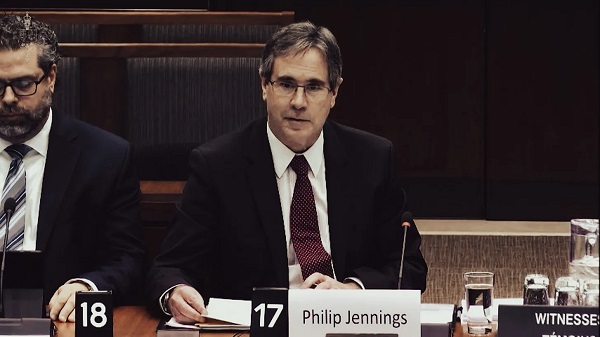
 Business1 day ago
Business1 day agoBlacked-Out Democracy: The Stellantis Deal Ottawa Won’t Show Its Own MPs
-

 Artificial Intelligence2 days ago
Artificial Intelligence2 days agoGoogle denies scanning users’ email and attachments with its AI software
-
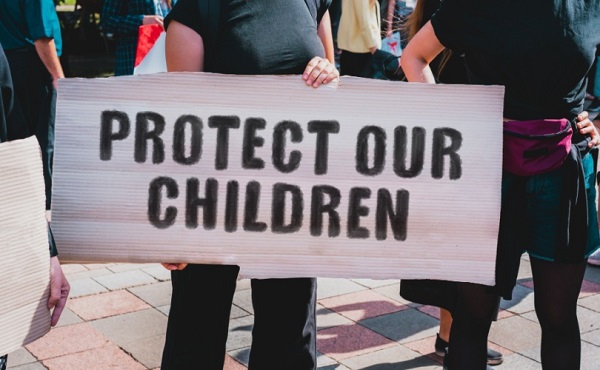
 Alberta1 day ago
Alberta1 day agoPremier Danielle Smith says attacks on Alberta’s pro-family laws ‘show we’ve succeeded in a lot of ways’
-

 Alberta1 day ago
Alberta1 day agoNew pipeline from Alberta would benefit all Canadians—despite claims from B.C. premier
-

 Agriculture22 hours ago
Agriculture22 hours agoHealth Canada pauses plan to sell unlabeled cloned meat
-

 Daily Caller2 days ago
Daily Caller2 days agoEXCLUSIVE: Here’s An Inside Look At The UN’s Disastrous Climate Conference
-

 MAiD2 days ago
MAiD2 days agoHealth Canada suggests MAiD expansion by pre-approving ‘advance requests’
-
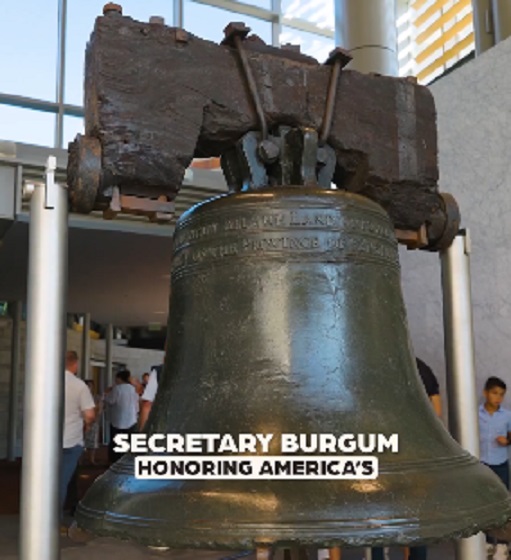
 International22 hours ago
International22 hours agoAmerica first at the national parks: Trump hits Canadians and other foreign visitors with $100 fee




